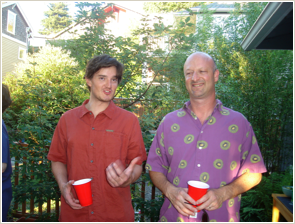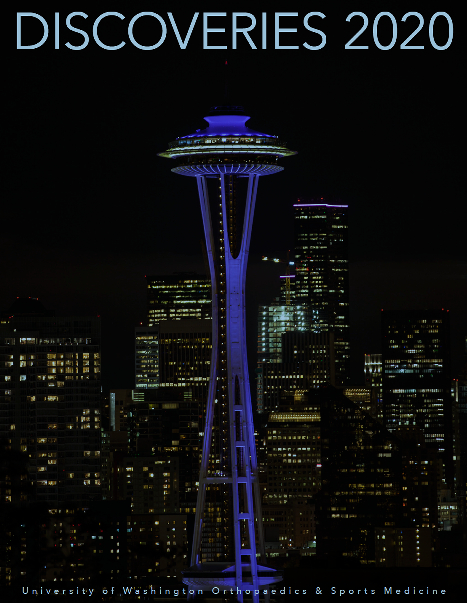
Contact
phuber@uw.edu
P: 206.897.5602
F: 206.897.5611
Education
B.S. University of Washington - Mechanical Engineering (2000)
Research Interests
- Computer-aided design combined with 3D printing to construct and
test Orthopaedic fixation devices. - Registration of serial CT scans to quantifying bone loss/gain.
- Machine learning to classify movements of a mouse.
Current Academic Appointments
Research Engineer
Orthopaedic Science Laboratories, Department of Orthopaedics and Sports Medicine, University of Washington (2000 to Present)
Recent Publications
- Srinivasan S, Balsiger D, Huber P, Ausk BJ, Bain SD, Gardiner EM, Gross TS. Static Preload Inhibits Loading-Induced Bone Formation. JBMR Plus. 2019 May;3(5):e10087. doi: 10.1002/jbm4.10087. eCollection 2019 May. PubMed PMID: 31131340; PubMed Central PMCID: PMC6524670.
- Bain SD, Huber P, Ausk BJ, Kwon RY, Gardiner EM, Srinivasan S, Gross TS. Neuromuscular dysfunction, independent of gait dysfunction, modulates trabecular bone homeostasis in mice. J Musculoskelet Neuronal Interact. 2019 Mar 1;19(1):79-93. PubMed PMID: 30839306; PubMed Central PMCID: PMC6454260.
- Ausk BJ, Huber P, Srinivasan S, Bain SD, Kwon RY, McNamara EA, Poliachik SL, Sybrowsky CL, Gross TS. Metaphyseal and diaphyseal bone loss in the tibia following transient muscle paralysis are spatiotemporally distinct resorption events.Bone. 2013 Dec;57(2):413-22. doi: 10.1016/j.bone.2013.09.009. Epub 2013 Sep 21. PubMed PMID: 24063948; PubMed Central PMCID: PMC3865853.
- Ausk BJ, Huber P, Poliachik SL, Bain SD, Srinivasan S, Gross TS. Cortical bone resorption following muscle paralysis is spatially heterogeneous. Bone. 2012 Jan;50(1):14-22. doi: 10.1016/j.bone.2011.08.028. Epub 2011 Sep 5. PubMed PMID: 21920486; PubMed Central PMCID: PMC3243779.
